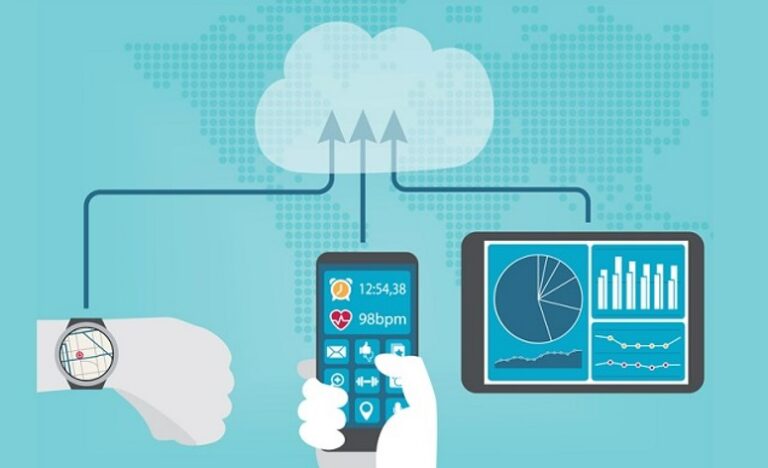Preventive healthcare is the primary focus of public health systems and hospitals worldwide. When physicians and nurses teach their patients about the self-care routine that is required to maintain a healthy lifestyle and the practices that should be avoided while convalescing back to health, their engagement is necessary.
While it is possible to effectively check on the patient’s treatment progress and their response to the care in a clinical or hospital setting is possible, observing them from a distance was not possible till recently.
As per HealthRecoverySolutions, with clinicians embracing remote patient monitoring (RPM), the care providers can revolutionize the delivery model of patient treatment plans and outcomes. The initiation of RPM programs in hospitals has reduced repeat hospital admissions in most patients’ cases thereby reducing healthcare costs.
What are RPMs?
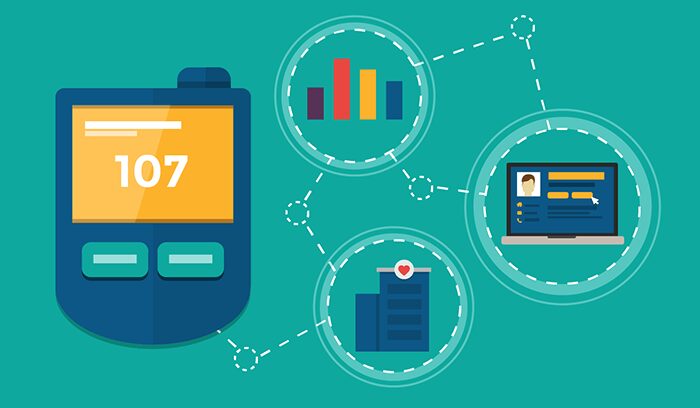
RPM is an acronym for a remote patient monitoring system. It comprises technologically enabled wearable devices that can screen a patient’s physiological conditions and captures data relevant to the medical aspects of the wearer.
Data related to a patient’s health such as blood pressure, glucose, and oxygen levels, can be monitored through the specific RPM device. The data is transferred through Bluetooth and electronically transmitted. This information is accessible to the overseeing healthcare provider. Thus even patient’s at home and in remote locations are monitored round-the-clock for their health conditions.
Any change in their condition is observed through an alert and timely intervention that prevents further deterioration of the patient’s health.
Benefits of remote patient monitoring
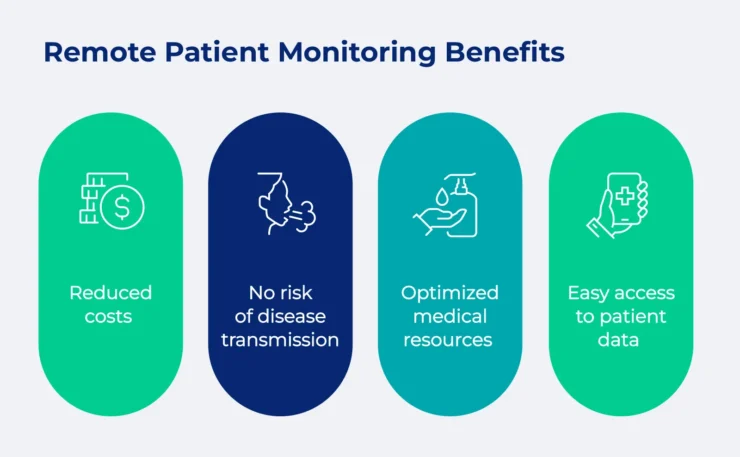
RPMs help in monitoring senior patients at home without consistent trips to the clinic. They can be treated at home or in familiar surroundings which are relaxing for them and do not add to anxiety-induced pressure.
Patients recovering from trauma or an accident and children who are born with disabilities that need consistent monitoring can now enjoy better patient care from the comfort of their homes through RPM devices.
The benefits that are seen in most RPM programs are considerable and are cited as:
Detailed information on the patient’s health
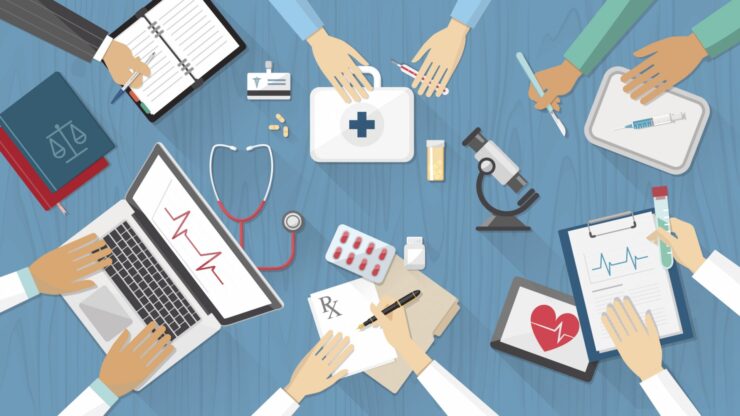
The patients who are taught to use the RPM devices can operate them themselves or take a family member’s assistance. In either of the cases, patients have first-hand access to the results. When the information regarding their health parameters is reflecting their choice of lifestyle like diet or exercise, then patients take their condition more seriously. They work proactively alongside their healthcare practitioners to improve their data and overall health.
The inclusiveness that involves a patient more closely to the factors that influence their overall well-being drive a sense of responsibility in patients. They are more careful to eat the right kind of food, avoid junk or fast food with high trans fats, and remember their meal times. Patients who are engaged also understand the importance of physical exercise and try to be as mobile as possible for better health.
RPMs also set reminders to drink enough water, sleep on time and take the medication at the right time. When a patient follows all the instructions set out in their treatment plan, they respond faster, and there is a visible improvement in their health conditions.
Improved access to healthcare
Telehealth nurses who monitor the biometric data of the patient pool will check them consistently for any changes, which can be positive or negative. These changes usually are a sign of both improvement or worsening of health conditions.
Often patients at home have to wait for paramedical or clinical care till they reach a hospital. But with RPMs, any patient who is at risk is identified, and timely assistance is provided to them. In this manner, serious episodes are avoided, and possible critical stages are averted. When the first respondents and paramedics arrive within a few minutes of a critical episode, chances of averting major adversity are higher.
Patient engagement and outcomes improve with RPM
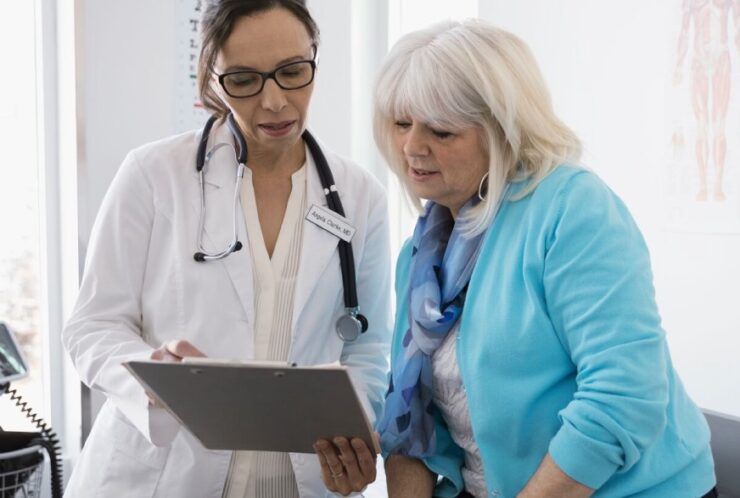
When patients are aware of their health conditions, they not just participate but own it. They feel responsible for eating healthy meals, exercising moderately, and taking the necessary medication on time. These practices spiral into improved patient outcomes. Engaged patients feel good about their care experience, as they are included in their treatment plan and are involved in the process.
Reduced healthcare costs
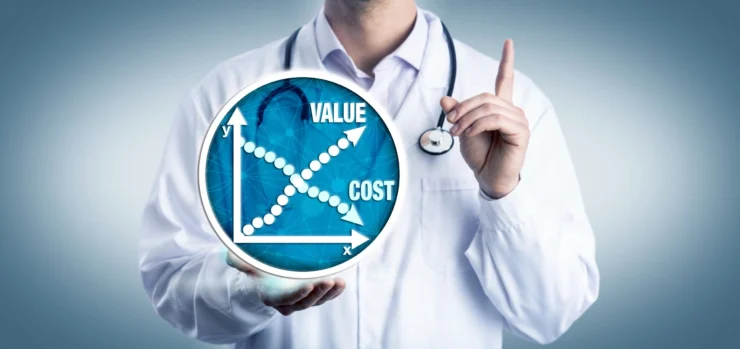
Chronic conditions like heart diseases, pulmonary respiratory conditions, and diabetes lead to high costs when it is treated upon occurrence. But these conditions are mostly lifestyle associated and can be managed through the right amount of exercise and diet alongside the requisite treatment. But timely intervention is lacking when there is no method to constantly monitor the patient’s physiological conditions.
With the usage of RPMs, patient monitoring becomes easy, and episodes are responded to before some adverse outcome surfaces. Preventive disease management methods, like these, result in saving patients’ lives. And restrict their admission to a hospital unnecessarily. In this manner, there is no need to spend more on unwarranted hospital check-ins and most health treatment plans are affected at home.
Conclusion:
Rising healthcare costs are adding pressure and affordable care for every American citizen is possible only when every aspect that reduces the cost without diluting the quality of the patient care is provided to all the patients.
Engaging patients through effective RPM programs is an effective method under telehealth services. Inclusively, the cost of healthcare is reduced without hampering the quality of patient care. When patients are engaged, they start taking accountability for the upkeep of their health requirements by following all the instructions. The net result is fewer readmissions in hospitals. With fewer repeat episodes, RPM programs will considerably reduce the expected costs related to patient care in a clinical setup.
Rising healthcare costs are the biggest challenge for any country. All methods to trim costs cannot be taken up as some of them hamper the quality of the healthcare provided to patients if implemented. However, RPM does not hamper the quality of patient care and in fact, improves the outcomes. This approach should be explored across nationwide healthcare facilities.

